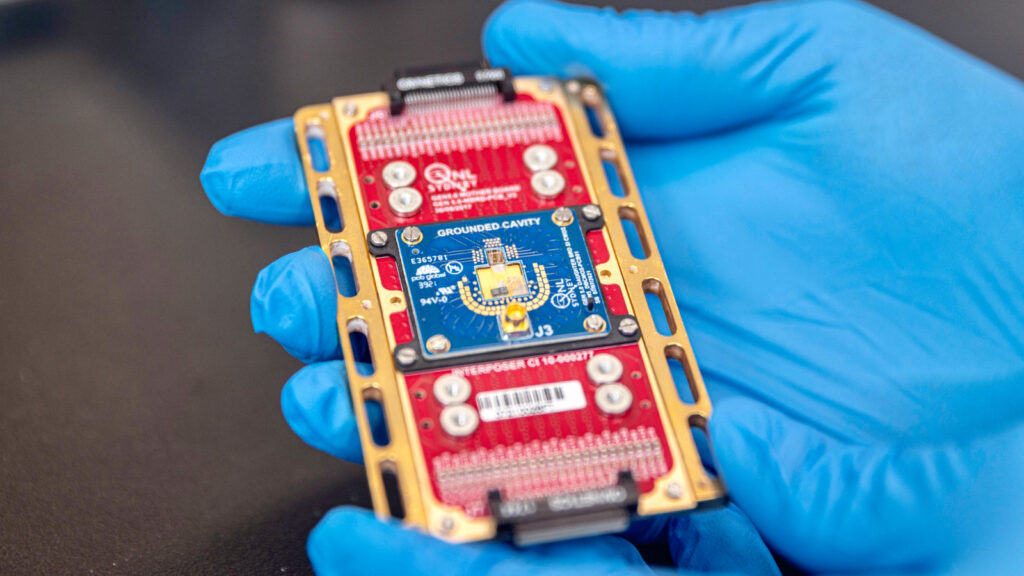
SYDNEY – In a groundbreaking development for quantum computing, scientists have unveiled a new computer chip capable of integrating millions of qubits, overcoming a major hurdle in the quest for practical quantum computers.
Revolutionary Cryogenic Chip Design
The innovative control chip functions at cryogenic temperatures near absolute zero, approximately minus 459.67 degrees Fahrenheit (minus 273.15 degrees Celsius). Crucially, it can be positioned close to qubits without disrupting their delicate quantum states.
“This result has been more than a decade in the making, building up the know-how to design electronic systems that dissipate tiny amounts of power and operate near absolute zero,” stated David Reilly, lead researcher and professor at the University of Sydney Nano Institute and School of Physics.
The research team described their achievement as a “vital proof of principle” for the integration of quantum and classical components on a single chip, marking a significant step toward building scalable quantum processors. Their findings were published on June 25 in the journal Nature.
Immediate Impact on Quantum Computing
Qubits, the quantum counterparts of classical binary bits, can exist in a “superposition” of states, allowing quantum computers to perform multiple calculations simultaneously. This capability positions quantum computers to solve problems beyond the reach of today’s classical computers.
Spin Qubits and CMOS Technology
Spin qubits, which encode information in the spin state of an electron, have garnered interest due to their compatibility with complementary metal-oxide-semiconductor (CMOS) technology. This is the same technology used in fabricating modern smartphone and PC chips, potentially easing the mass production of spin qubits.
Spin qubits need to be maintained at temperatures below 1 kelvin to preserve “coherence,” a qubit’s ability to maintain superposition and entanglement over time.
Key Details Emerge from the Research
Integrating electronics to control and measure spin qubits has been challenging, as even minimal heat or electrical interference can disrupt qubits’ quantum states. The new custom CMOS chip operates in cryogenic environments at ultra-low power levels, allowing it to coexist with qubits without introducing noise.
In testing, the control chip was placed less than 1 millimeter from the qubits, successfully running single-gate and two-qubit gate operations without measurable electrical noise or loss of coherence.
The control chip consumed just 10 microwatts of power, with analog components using 20 nanowatts per megahertz.
Expert Analysis and Industry Response
“This validates the hope that indeed qubits can be controlled at scale by integrating complex electronics at cryogenic temperatures,” Reilly remarked, emphasizing the potential for quantum computers to transition from laboratory curiosities to practical problem-solving tools.
Future Implications and Next Steps
The breakthrough could inspire further research into spin qubits’ capabilities. “Now that we have shown that milli-kelvin control does not degrade the performance of single- and two-qubit quantum gates, we expect many will follow our lead,” said Kushal Das, senior hardware engineer at Emergence Quantum and co-author of the study.
Das noted that the expertise required to design low-noise cryogenic electronics is not easily acquired, underscoring the team’s significant achievement.
“We see many further diverse uses for this technology, spanning near-term sensing systems to the data centers of the future,” Reilly added.
The development represents a pivotal moment in the journey toward practical quantum computing, with potential applications across various industries and scientific fields.







